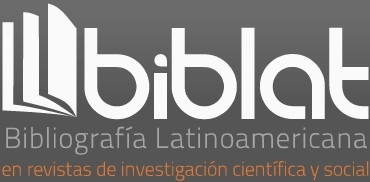The Amorous Intertaxtuality
DOI:
https://doi.org/10.35494/topsem.2005.2.14.241Abstract
In its theoretical grounds, this essay rests on two doctrines of contrary sign. One consists of Harold Blooms ideas of anguish of influence and the fierce combat that the descendents carry out against their literary ancestors with the purpose of erasing any trace of their debt to them. The other is the ethical and philosophical Utopia of the Rumanian American Mihai Sp²riosu, concerning the possibility that in the field of culture the irenic paradigms (ludic and erotic) remove and replace the bellicose ones (Bloom type). The contribution of this essay, in this context, strives to be an attempt to subdue irenically the anguish of influence through its seduction which opens a path to us towards territories of an amorous intertextuality. To exemplify such a thesis, we analyze a brief poem from the greek author Odysseas Elytis (1911-1996), tracing in it the declared influence of its literary ancestor, the preromantic poet Andreas Calvos (1792-1869). This is a pacified influence since Elytis rewrites the thematic elements and the Calvian stylemes in a new outline where the two poets, and above all their texts, mutually seduce each other. It turns out to be a very significant isotopy for amorous intertextuality: erotic learning and the separation of lovers through the maturation of the learner is the same as poetic learning and the separation of ancestor and descendent upon the latters reaching maturityDownloads
Downloads
Published
How to Cite
Issue
Section
License

Tópicos del Seminario is licensed under a Creative Commons Reconocimiento-NoComercial-CompartirIgual 4.0 Internacional License.














